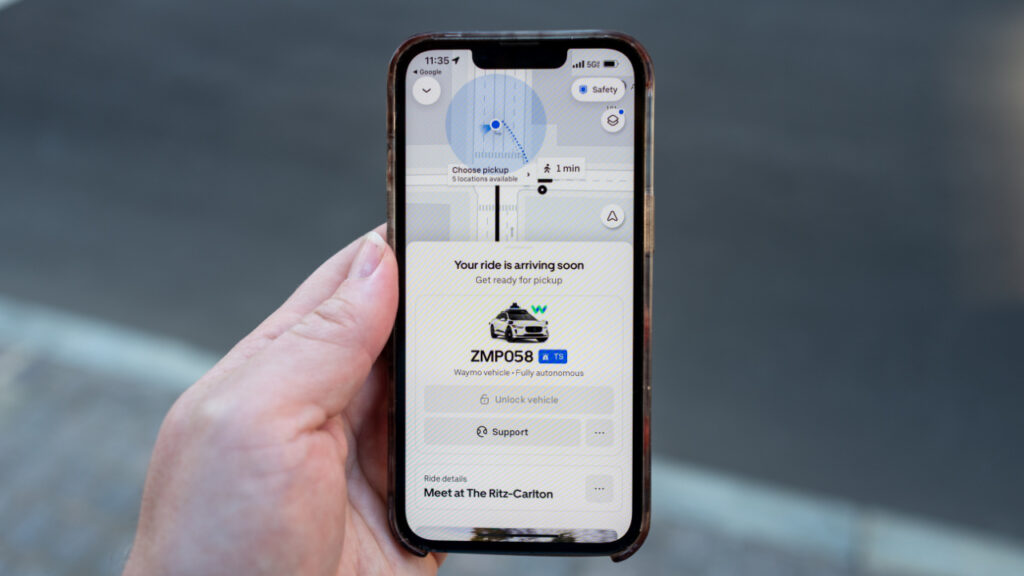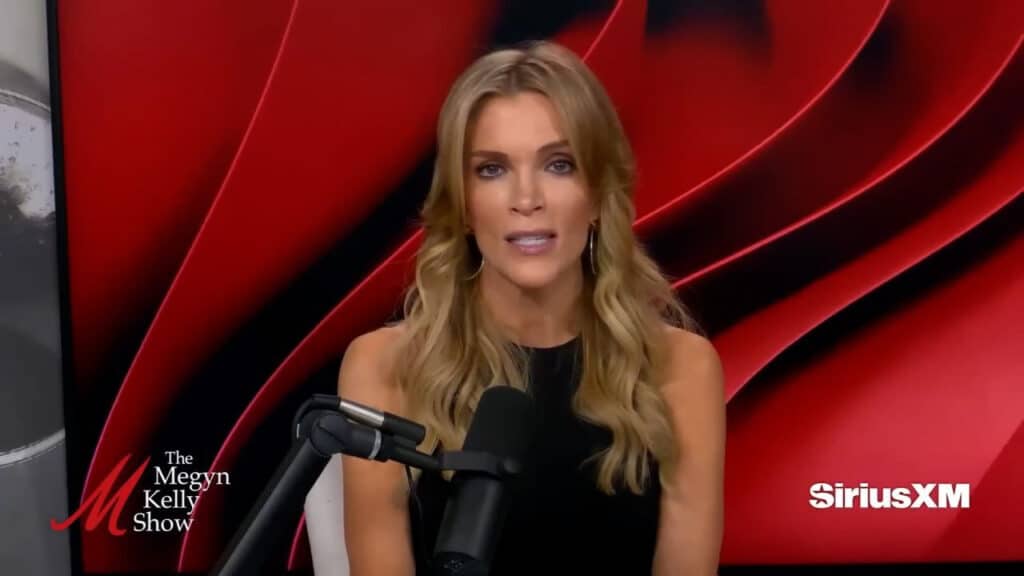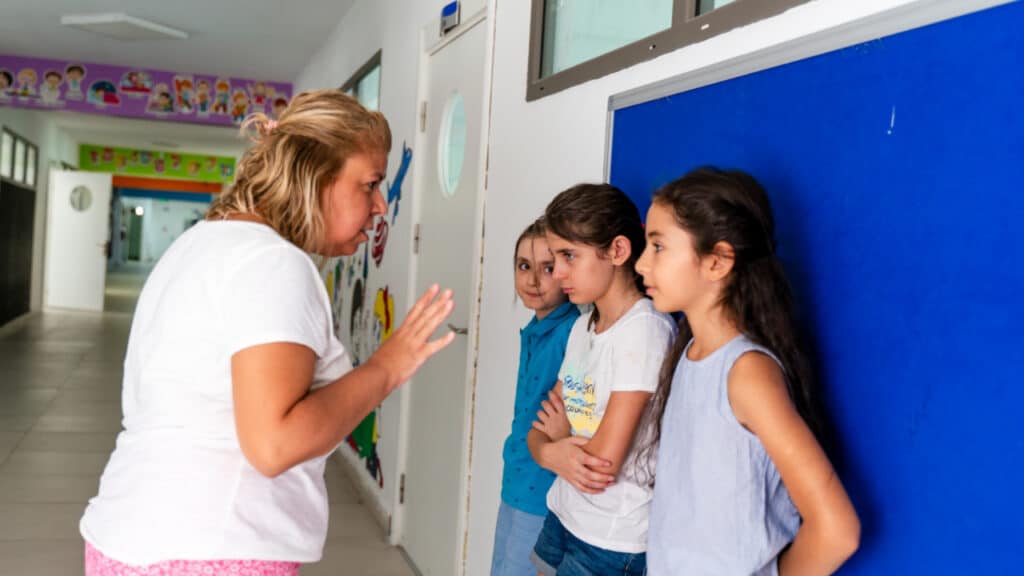Oklahoma Brings Teachers From Mexico to Fill Classrooms Amid Ongoing Shortage
Oklahoma classrooms are getting help from more than 2,000 miles away. Three teachers from Mexico have arrived in Oklahoma City to start the school year, part of a pilot program to address the state’s severe educator shortage.
The Oklahoma Teacher Pathway Program, launched by nonprofit Fuel OKC in partnership with the Universidad Popular Autónoma del Estado de Puebla (UPAEP), is bringing highly qualified educators to Santa Fe South Schools for three-year contracts, KOCO News 5 reported.
Fuel OKC CEO Brent Bushey told KOCO News 5, “We know here in Oklahoma City we need more teachers, we hear that from school leaders from across the city. They struggle to attract just candidates, and then to attract top-quality candidates is a whole other bar.”
How the Oklahoma Teacher Pathway Program works
According to KFOR, the idea started when UPAEP reached out to Fuel OKC, expressing interest in having its graduates teach in the United States. The Puebla-based university already had long-standing relationships with Oklahoma State University and the University of Oklahoma.
Out of 16 applicants from UPAEP, five were offered positions, and three accepted. All three are bilingual, have teaching experience, and two hold master’s degrees in their content areas. They will be teaching elementary-level art, high school mathematics, and middle school writing and social studies.
Santa Fe South superintendent Chris Brewster told KFOR, “They are coming in as full-fledged teachers; they have experience. Two out of the three have master’s degrees in their content areas.”
Why Oklahoma is turning to teachers from Mexico
The program comes as Oklahoma faces a massive teacher shortage. Renee Porter, programs director at Fuel OKC, told KFOR, “We have such a tremendous teacher shortage in Oklahoma. At last count, we were short 1,019 teachers in Oklahoma.”
NonDoc reported that Oklahoma has relied heavily on emergency teacher certifications, with a record high of 4,676 issued between June and December of the 2023–2024 school year. The shortage is even more acute in high-poverty districts like Santa Fe South, where over 95% of students qualify for free and reduced lunch, and most come from immigrant families.
Bushey said in a June 17 press release, “We can have the best strategies, the strongest leadership, but without a qualified teacher in every classroom, student success remains out of reach. We’re committed to changing that by building pathways for passionate, prepared professionals to step into the classroom and stay.”
Immigration tensions are part of the conversation
From the beginning, program organizers knew immigration politics could affect the teachers’ safety and experience. “Donald Trump says really bad things about Mexicans, are our kids going to be safe?” was one of the first questions UPAEP professors asked, Bushey told NonDoc.
Brewster told KFOR these teachers were hired through the H-1B visa process, calling it “a very traditional kind of process.” Fuel OKC covered visa fees, legal assistance, travel expenses, rent, and even helped furnish apartments. The community also stepped up, donating essentials like a washer and dryer to help the teachers settle in.
UPAEP graduate Juan Carlos, who will teach Algebra 2, told NonDoc, “We want to make a change, and we’re willing to go away from our families to actually make a change. We’re going 2,000 miles away from our homes… We’re not scared, we’re excited to actually go and give a class.”
Teacher shortages aren’t just an Oklahoma problem
Nationally, 86% of public schools struggle to hire educators, according to EdWeek. The U.S. Department of Education reports that 45 states expect teacher shortages in special education, mathematics, and science. Pay remains a major factor: teachers earn 23.5% less than comparable college graduates, the Economic Policy Institute reported.
Pew Research Center data shows another challenge: a lack of diversity among teachers. While over half of U.S. public school students are people of color, only about 20% of teachers are. Recruiting bilingual teachers from Mexico could help bridge that gap, especially in districts like Santa Fe South, where students can see themselves reflected in their educators.
Fuel OKC hopes the program can grow beyond one school
For now, Fuel OKC’s teacher pipeline is a pilot, but Bushey told KOCO News 5 they hope to expand it to other schools across Oklahoma City. Brewster believes it’s a win-win: “There are tremendously talented people scattered around the globe who deeply desire to work in the U.S.… It’s extremely helpful to us, and we’re able to get our sort of pick of the litter of candidates.”
Bushey says the goal is simple: more qualified teachers in classrooms. “These teachers should be lauded as heroes,” he told NonDoc.




